Description
hardware flow control. It is an ideal choice in the field of industrial automation.
In the Internet of Things era, look at the IOT strategic deployment of the “four major families” of industrial robots
When we talk about Industry 4.0 or smart manufacturing, we cannot help but mention the “four major families” of robots – KUKA, ABB, FANUC, and Yaskawa,
because as the industrial robot companies with the highest level of intelligence at present, they are in the industry They have important influence. In the era of the
Internet of Things, what are these four major families doing?
As a relatively mature product, industrial robots are difficult to judge from the perspective of ordinary users. Especially in today”s era, it is impossible to create a
generational gap through technology.
Just like when someone asks about the advantages and disadvantages of the car-making technologies of Mercedes-Benz and BMW, all I can say is, “It doesn”t matter
if you ride in a Mercedes-Benz or drive a BMW.” Comparing industrial robots to car-making, most of the key technologies used in car-making must be shared by Mercedes-Benz
and BMW. The differences in other “marketing technologies” will not affect the technological competition pattern.
So what will industrial robot manufacturers mainly rely on to widen the gap in the future? There is only one answer, the Internet of Things strategy. Without realizing it,
KUKA, ABB, FANUC, and Yaskawa, the four major industrial robot giants, have already been stationed in the field of Internet of Things and are ready to go.
KUKA(Midea)
On December 30, 2016, Midea Group’s tender offer for the shares of Germany’s KUKA Group (KUKA), the world’s leading provider of intelligent automation solutions,
through MECCA InternaTIonal (BVI) Limited, has received approval from all relevant regulatory authorities.
At the annual meeting of Midea Group on January 12, 2017, Fang Hongbo, Chairman of Midea Group, emphasized the industrial significance of Midea’s acquisition
of KUKA: In the future, Midea will build a second industrial segment besides the home appliance industry, namely the robotics and industrial automation industry segment. This is The new growth point of beauty.
The annual meeting invited KUKA CEO TIll Reuter, who has just entered the Midea system, to give a speech. When explaining the core strategic goals for the future,
Reuter mentioned the two concepts of “intelligent machines” and “digital areas”, which are the two concepts that run through the Internet of Things technology in the company”s business:
Intelligent machines: Among the industrial robots manufactured by KUKA, they are equivalent to advanced robots with both autonomy and mobility. Soon a large number
of industrial robots will “step out of the work cage that is isolated from humans” and begin to work closely with humans, further improving their flexibility. Reuter said that as
industrial robots continue to develop, smart machines with better autonomy and mobility will emerge.
Digital area: It is a solution that combines the knowledge related to production processes of various industries that KUKA has cultivated in the past with the
most cutting-edge IT. Reuter said: “We are familiar with the production processes of products such as cars and aircraft. We want to connect our technical experience with IT to provide
customers with intelligent systems.” Reuter said that by optimizing intelligent systems, that is, complex systems based on big data analysis, reducing downtime
and predictive maintenance of various production systems, new business models can be created and a highly integrated value chain can be built.
According to IFR data, in the field of automobile manufacturing, KUKA robots have the largest market share in the world. We might as well start with the automotive industry
and show you how KUKA uses the “Internet of Things box” to construct the Jeep Wrangler”s body-in-white workshop into an IIoT (Industrial Internet of Things) factory.
https://www.xmamazon.com
https://www.xmamazon.com
https://www.plcdcs.com/
www.module-plc.com/
https://www.ymgk.com
TRICONEX 4107 TRICONEX COMMUNICATION MODULE
PROCESSOR 958481320201 PROC PLUS Communication module
PROCESSOR 958481321210 PD212 Analog output module
PROCESSOR 958481321220 PD208 I/O expansion card
PROCESSOR 958481321300 PSB Compact input module
PROCESSOR 958481321210 PD212 Control board
PROCESSOR 958481320100 350211080090 Processor module
PROCESSOR 958481321200 350211080320 Network communication card
DDC779BE02 3BHE006805R0002 Medium and high voltage module
VACON PC00459G CM210901 PLC module
IC697CPX928-CD GE Programmable logic controller
IC695CPU320-HS GE central processing unit
IC693MDL655 GE 24 volt DC positive/negative logic input module
IC695CPL410 GE Quad-core processor
IC693MDL340 GE AC output module
IC693CHS392 GE 90-30 series platform is compatible with the extension of the substrate
IC660EBD025 GE two 32-circuit DC modules
IC200EBI001 GE Ethernet network interface Unit
FC-QPP-0002 Honeywell quad-core processor
F8651X HIMA Processing board module
EB501 YOKOGAWA Bus repeater module
DS200SLCCG1AEE GE local Area network (LAN) communication card
DS200KLDBG1ABC GE General Electric Display Board
CQM1H-CPU21 Omron General control system
3531E TRICONEX DIGITAL INPUT MODULE
CP430T-ETH ABB control panel
CG6565/64-2L/8T NMS media processing board
BS4141-0/13.5 TURCK Mini fast connector
ATV61HD45N4 Schneider ATV61 speed drive
A860-2005-T505 FANUC High flexible towed chain cable
AS-BDAU-204 Schneider analog input module
A2H254-16 Enterasys Fast Ethernet edge switch
3500/32 125712-01 Bently Nevada 4-channel relay module
330180-X1-CN Bently Nevada Front sensor
330100-90-01 Bently Nevada Preprocessor system
330100-90-00 Bently Nevada 3300 Preprocessor sensor
8220-DI-IS MTL 16 single-ended input channels
4715KL-05W-B50 NMB Axial flow fan
2711P-T6C5A Allen-Bradley Panelview Plus 600 series operator interface terminal
2711-K10G1 Allen-Bradley Panelview 1000 series
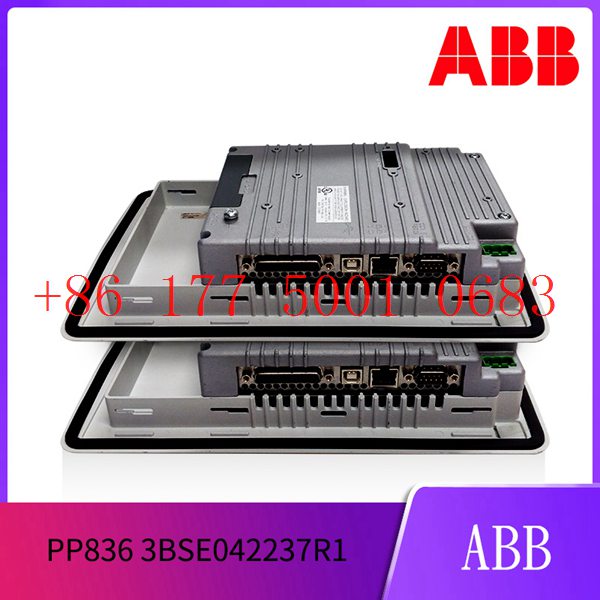
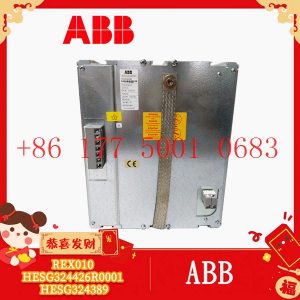
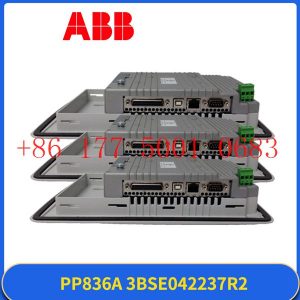
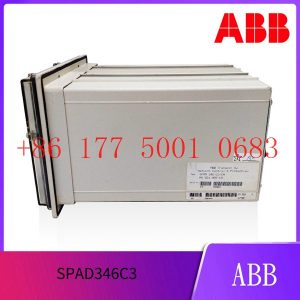
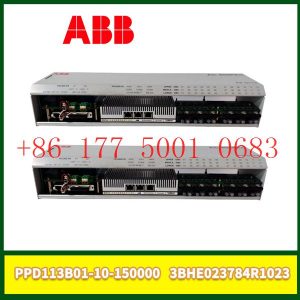




Reviews
There are no reviews yet.